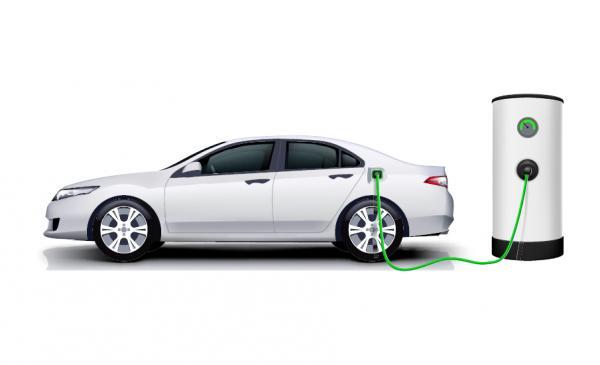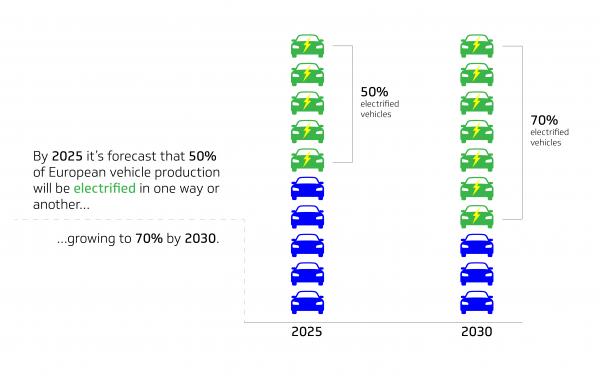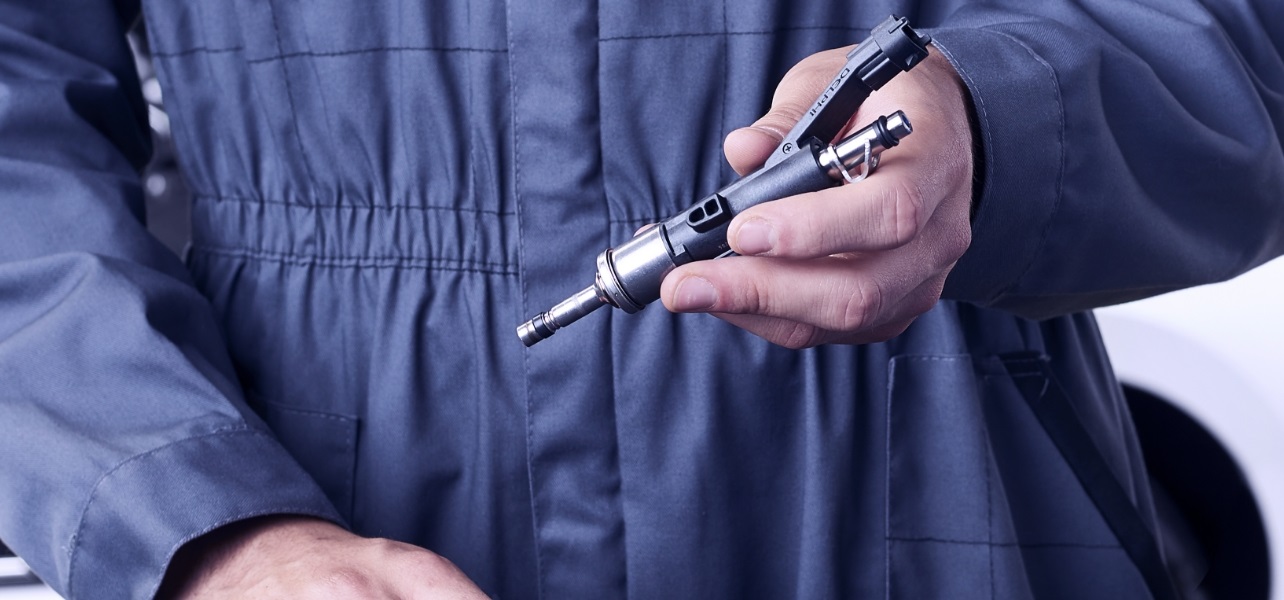Resource Highlights
In the first of our two-part series, we explore the latest outlook for hybrid and electric vehicles (HEVs) and the key trends influencing this – namely growing regulation and changing customer perceptions.

Whether a mild hybrid, plug-in hybrid (PHEV), full hybrid or an electric vehicle (EV), they all offload all or part of the work of a conventional internal combustion engine (ICE) to a battery-driven motor. And the trend for doing this is growing quickly with global sales on the rise. But what’s driving the upturn in the hybrid and electric vehicle market? And what will this mean for the vehicle parc that you service?
In the first of our two-part series, we explore the latest outlook for hybrid and electric vehicles (HEVs) and the key trends influencing this – namely growing regulation and changing customer perceptions.
Stricter policy and regulation
One of the key factors is the world’s industrialised nations taking a more aggressive approach on climate change. Case in point: in December 2018, the European Union agreed on even stricter regulations to reduce carbon dioxide (CO2) emissions. The new policy will see average emissions for new cars sold in the EU lowered to around 81g CO2/km by 2025 and 59 g CO2/km by 2030, compared with an average of more than 110 g CO2/km today.
Whilst consumers stand to save over the life of an electric vehicle, upfront purchase costs are significantly higher than for a conventional vehicle. To reduce the gap and encourage EV sales, governments are also offering a range of financial incentives to buyers including tax credits, exemptions from road tax and additional ‘environmental’ bonuses.
At the same time, major cities have announced plans to restrict access to some vehicles. Paris for example, intends to allow only electric or hydrogen fuelled cars in and around the capital by 2030, with older diesel cars banned from summer 2019. London has already implemented an ultra-low emission zone (ULEZ), imposing charges to drive in central London in all but the cleanest cars and vans. And Oxford is expected to introduce a zero-emission zone (ZEZ) in 2020, banning all non-zero emissions vehicles from the centre during certain hours.
Growing customer acceptance
Technology has also played its part. Thanks to optimised lithium-ion cells, the use of new materials and an improved battery pack design, all-electric driving ranges, which until now were one of the biggest barriers to purchase, will increasingly top 200 miles/300 kilometres (kms). For instance, the Nissan Leaf E+ can achieve up to 239 miles/382 kms between charges, and the Mercedes-Benz EQC up to 294 miles/471 kms, making them more comparable with their ICE equivalents. Tesla’s next generation Roadster will be able to top 620 miles/1000 kms per charge, giving us a taste of what is achievable.

Charging times, however, are going the other way. By 2025 it is estimated that it will take only 30 minutes to achieve an 80 percent change in a 60 kWh battery, the equivalent of a 200 mile range. This is an important threshold for many consumers. And whilst the charging infrastructure may be still lagging by then, governments, automakers, utility companies and third parties are working together to improve public charging. For example, Ionity – a joint venture between Daimler, BMW, Ford, and the Volkswagen Group – aims to set up a High-Power Charging (HPC) network across Europe, with 400 charging stations or 2400 individual charging points by 2020. Others are doing the same.
With these improvements you might expect battery costs to increase. On the contrary, the average cost of a lithium ion battery, which initially accounted for around 50 percent an electric car, will continue to fall. Already 70 percent lower than in 2010, further reductions will lessen the total cost of ownership, with some predicting that this could be on a par with ICE vehicles as early as 2022.
These advances will make HEVs a much more realistic and viable option for any new car buyer. Combined with the push from both government and vehicle manufacturers, there will be a major shift over the next decade, with HEVs coming to our roads in unprecedented numbers. Indeed by 2025, it is forecast that more than half of European vehicle production will be electrified in some form or another. Growing to 70 percent by 2030. And just like their fossil fuel counterparts, these vehicles will all need servicing.

This represents a huge opportunity for garages with the right parts, tools and know-how. But are you ready? In the next of our two-part series, we’ll examine what this means for the aftermarket, and how by partnering with an OE provider like Delphi Technologies, you can take advantage of the electrified opportunity. Both today and tomorrow.
Check out part two: Hybrid and electric vehicles: an electrified opportunity.
SIGN UP TO FIND MORE
Fill up your details to hear more from our experts and get the latest updates from Delphi.



